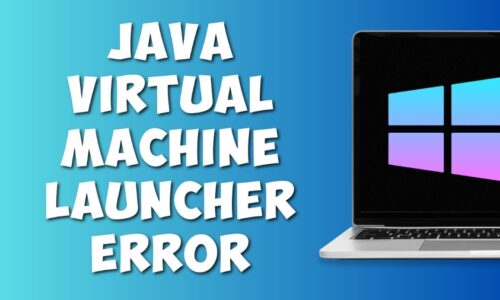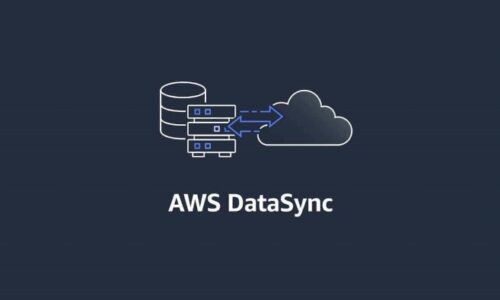Virtualization is a form of computing from an Operating System(OS) to utilize servers and reduce costs. Before virtualization, most servers in organizations only operate at a fraction of their capacity because the physical server is dedicated to a particular application. Therefore, today we discuss the benefits of virtualization in any organization.
Without virtualization, inefficiency kicks in because most machines’ excess capacity is not in use, hence higher operating costs. Hard disk partition when installing an OS is the most common: Hard disk is divided into multiple disks for better storage and retrieval known as data virtualization.

Using virtualization software creates an abstraction to override the physical hardware over a virtual computer system known as virtual machines (VM). Organizations can use one physical server to run multiple virtual computers, operating systems, and applications. Therefore, virtualization enables efficient use of a physical computer hence better returns to a company.
What is required to create a VM?
A VM needs a hypervisor (Lightweight software) to coordinate communication between a virtual and physical computer. A virtual machine cannot communicate with a physical computer directly.
What is a hypervisor? A thin software layer through which multiple OS runs alongside simultaneously sharing a physical computing resource. The different OS is the VMs representing a physical computer. The hypervisor aligns each VM with a portion of the underlying computing power, memory, and storage to prevent them from colliding.
The classification of virtualization is based on the resource it is being created, and there are several categories:
- Network virtualization
- Server virtualization
- Desktop virtualization
- Hardware virtualization
- Software virtualization
- Storage virtualization
Of all the above, server virtualization is commonly used. It involves pooling resources from a physical server or more than splitting them into multiple virtual servers. A hypervisor is the virtualization tool that serves this purpose, and there are two types:
- Type 1 hypervisors are bare-metal hypervisors that run on raw hardware directly and are otherwise known as virtual machine virtualization. Here the leading players are VMware, Microsoft, and Citrix.
- Type 2 hypervisors are hosted hypervisors running on a guest OS with Red Hat’s Kernel-based Virtual Machine (KVM) as the most popular.
Benefits of Virtualization
A virtual environment increases scalability and reduces expenses, but these are just some of the many virtualization benefits.
1. Reduced IT expenses
A non-virtualized environment is inefficient because if the server is not in use, it sits idle, yet it cannot be used for other purposes. On the other hand, a virtual environment transforms a physical server into multiple virtual machines with different operating systems running different applications but is hosted by one physical server. A virtualized environment reduces server costs because you deal with fewer customers physically.

2. Minimize or eliminate downtime enhancing resilience
On a physical server, someone has to fix a disaster, which could take up a lot of time. However, a virtual environment efficiently replicates the VM that is affected, and the recovery only takes minutes hence enhancing resilience.
3. Better performance and efficiency.
A virtual environment translates to less physical hardware; hence your IT team will spend less time maintaining them. Maintaining VMs across the ground is accessible, unlike the laborious process of performing updates from one server to another. Spending limited time on maintaining servers increases your team’s efficiency and productivity.
4. Control independence and DevOps
A virtual environment is split into virtual machines, and developers can work on a virtual machine without affecting another production environment. The developer can run a test environment by cloning the VM.
For instance, a software update can be done by cloning the virtual machine, carrying out an environment test, then putting it into the production application hence increasing the speed and agility of an application.
5. A more green-friendly move to an organization and environment
Cutting down on physical servers means a reduction in power consumption, which has these green benefits.
- The business expenses are reduced; hence the money can be used for other purposes.
- The data center has less carbon footprint.

Challenges of Virtual Environment
- Discovering new VMs: Adding new VMs to a network is tiresome if you have to add them individually. It is best if you had automated discovery to create many credentials and then add the devices at once. There are network management solutions that support a single-click discovery. You only add the vCenter or the corresponding hypervisor to auto-detect all VMs running under it.
- VM sprawl: When VMs go beyond a manageable number, a VM sprawl will significantly affect the virtual device’s performance. Any unused VMs make active VMs unresponsive, causing lag because the virtualization server’s CPU and memory are used. Also, a VM sprawl compromises security.
- Resource allocation: Plan well on how to allocate memory for VMs processing power so that you understand your network growth. Over or under the allocation of storage space for VMs impacts performance, hindering creating a new VM environment because there is no storage space. Optimize storage by monitoring the unused VMs or VM disk kernels.
- Monitoring VM performance: Get an integrated VM monitoring solution to help get the best performance from your network because most network monitoring software doesn’t support VM monitoring. Thus, they require a separate tool to monitor VM. If your VM is not observed, devices may be left out, meaning you will not be in touch with your system network.
Conclusion
Virtualization helps organizations share resources hence purchasing less physical hardware. One server hosts many servers, therefore, lower spending. Fear hardware means less power is consumed to run them and less cooling costs too. You will also spend less money and time on maintenance and physical management, leading to further cost-saving.
However, cost-saving is only one of the benefits of virtualization in an organization but also automates network security, creating a foundation for the future. Furthermore, virtualization speeds up work processes making everything better, but it needs the right architecture and tuning to deliver beneficial results.
A company that employs virtualization helps save significant office space that can be utilized for other profitable uses, boosting productivity and profitability. The above information is enough to convince any IT expert who is still stuck in the traditional methods to upgrade to virtualization and reap its benefits.
ALSO READ: What are BUP files, how to open them?




